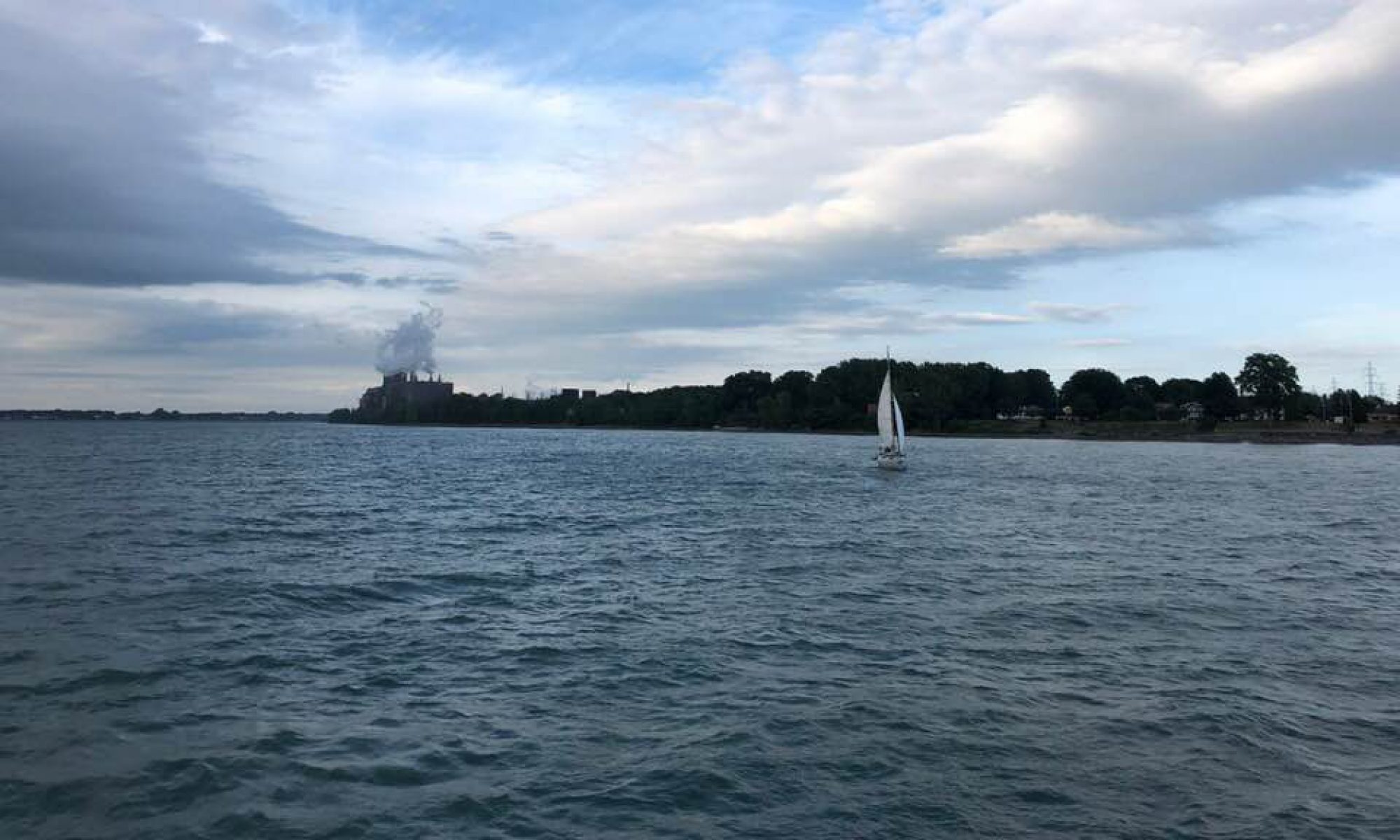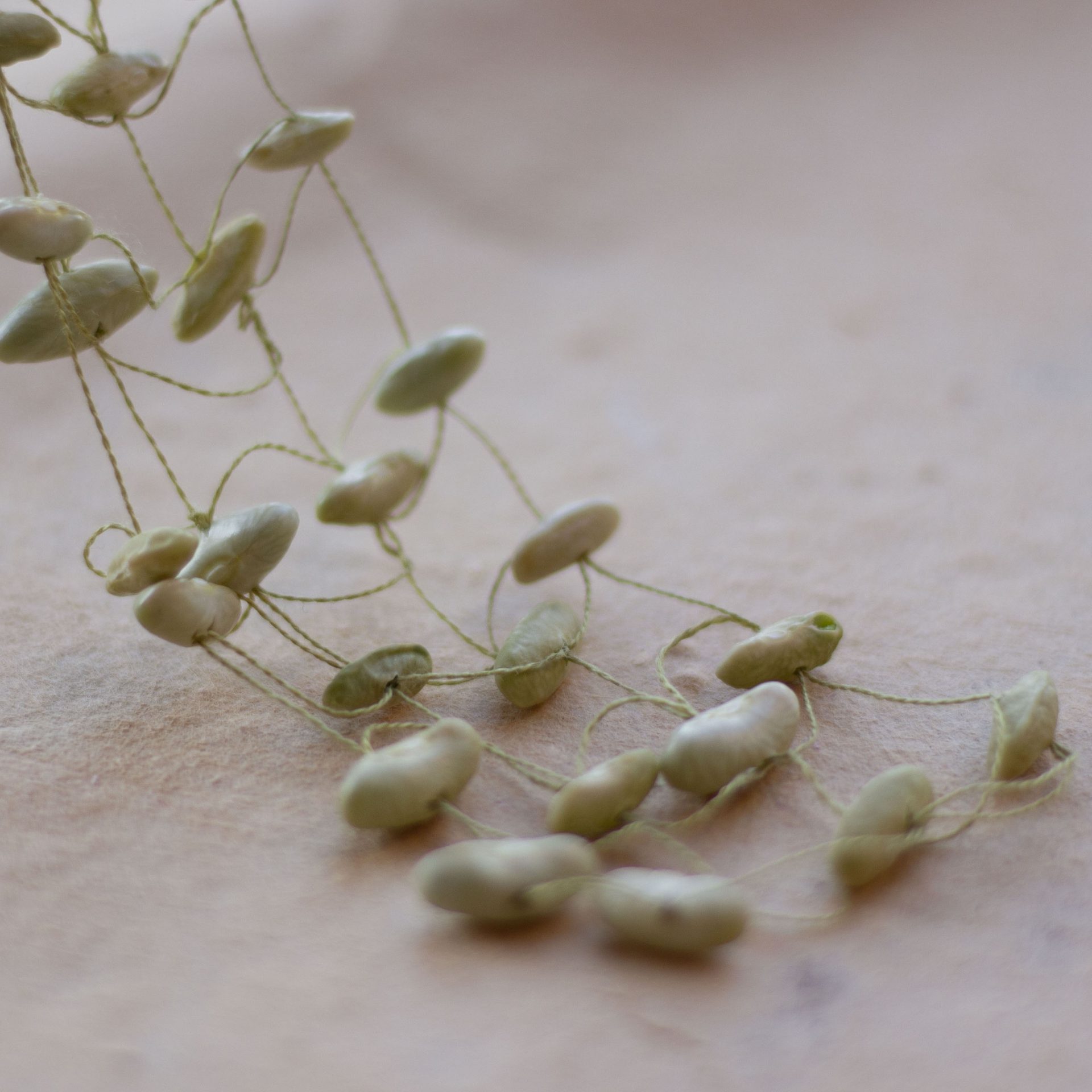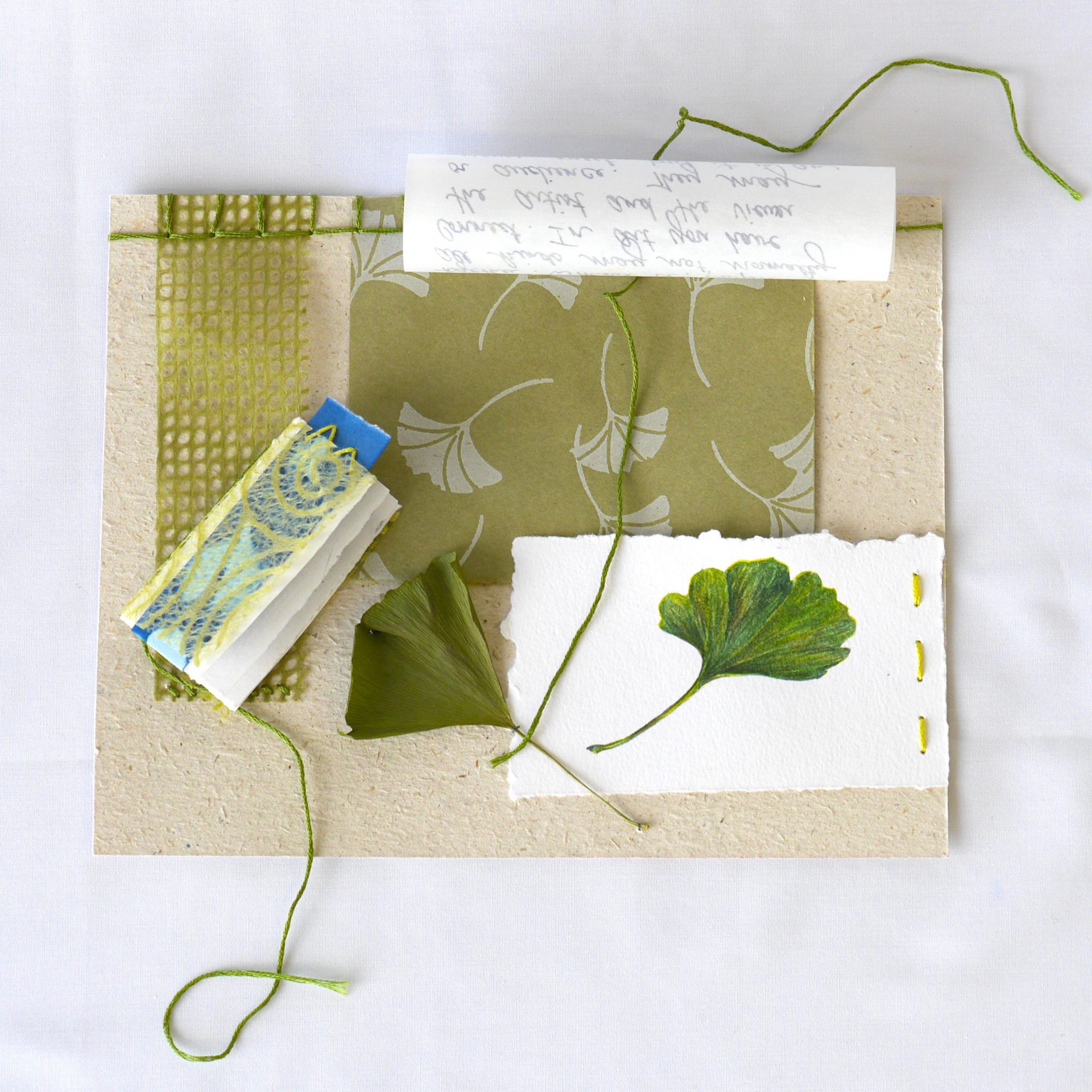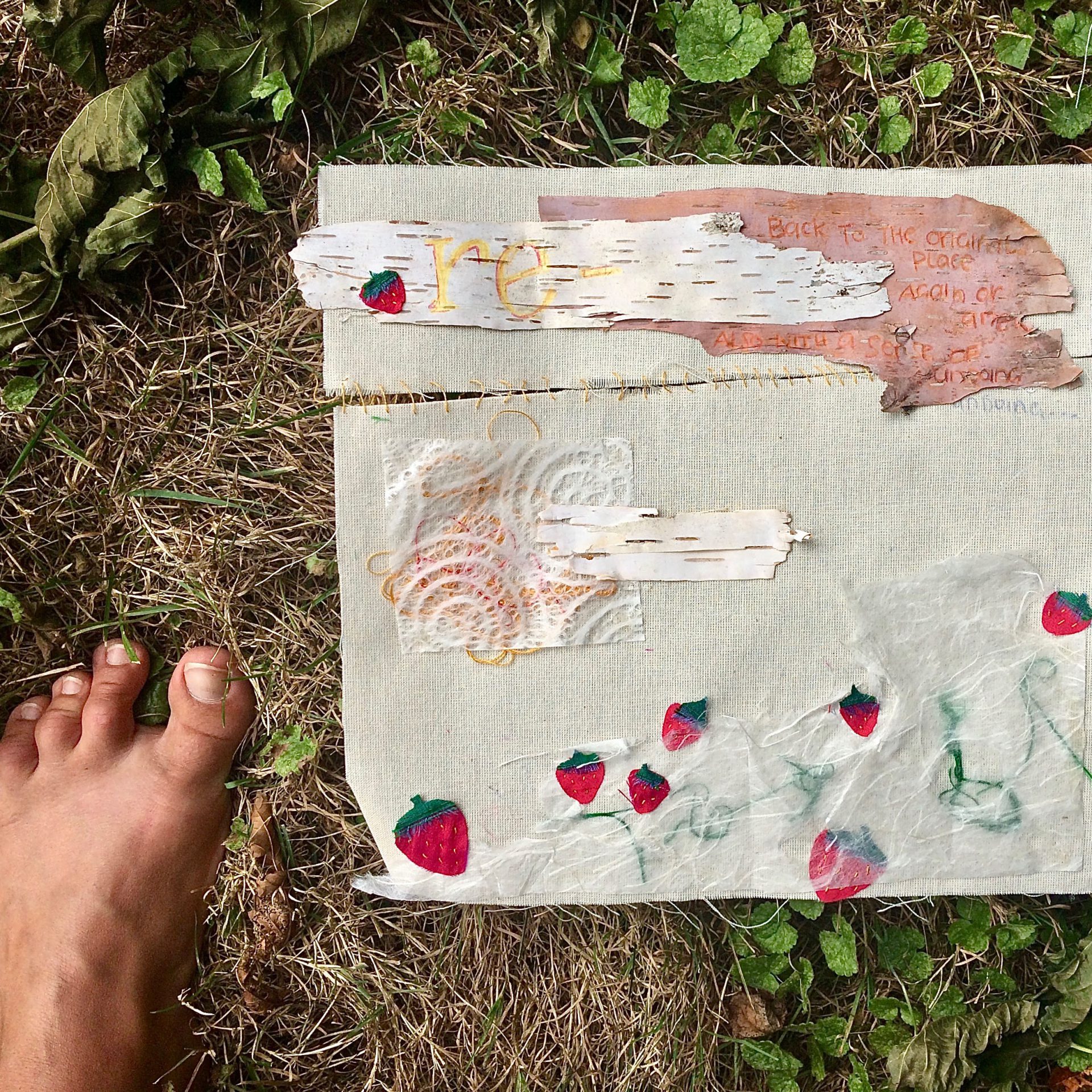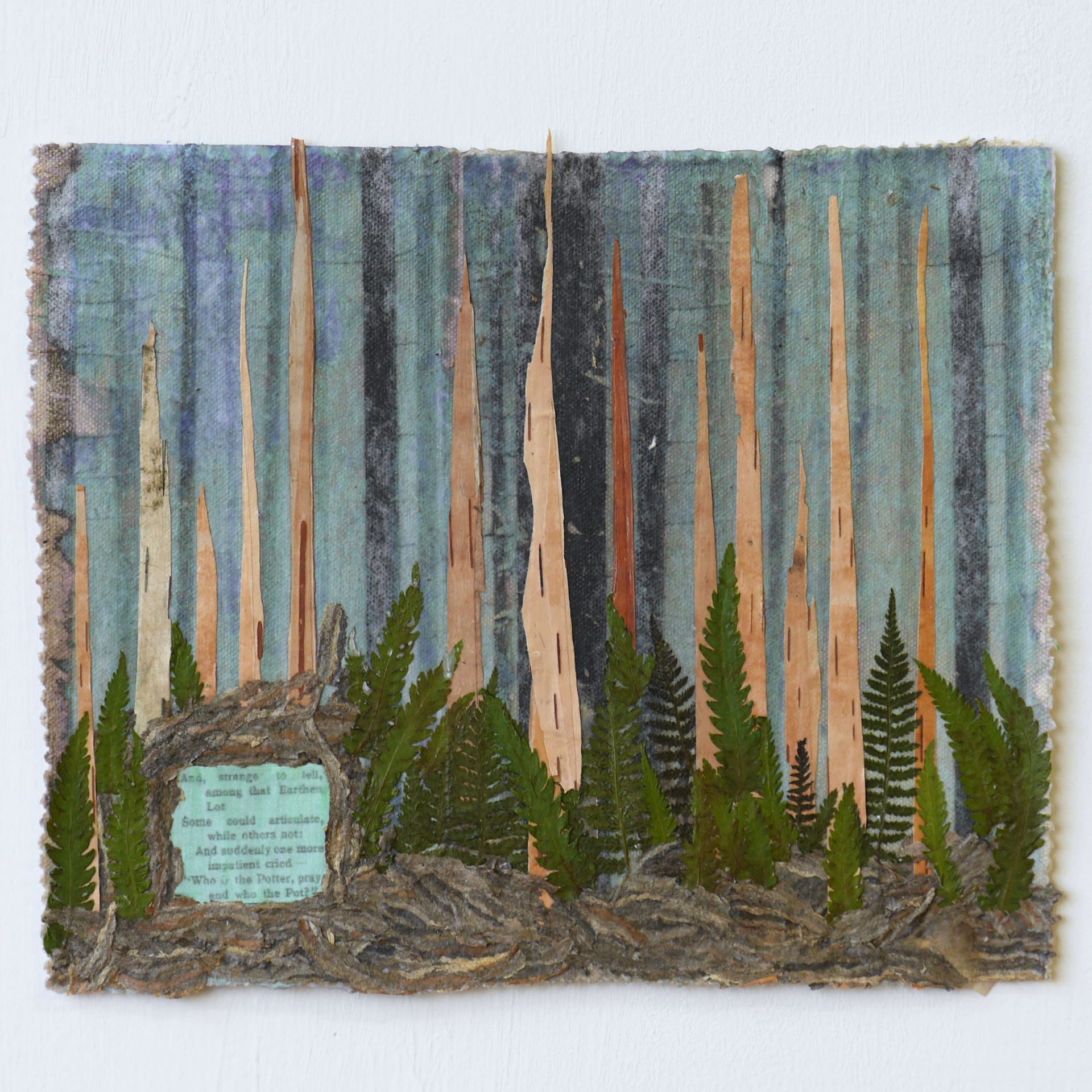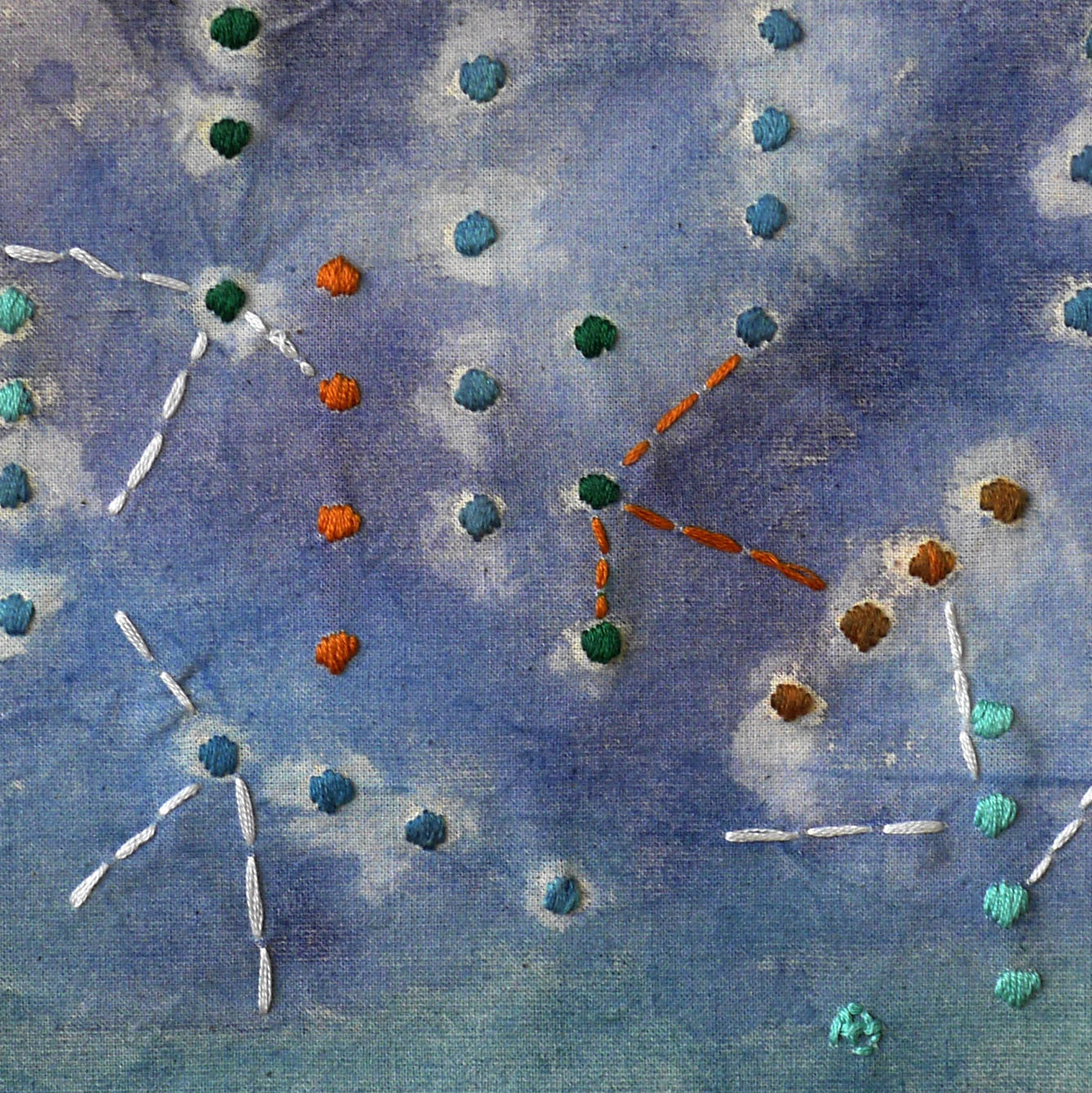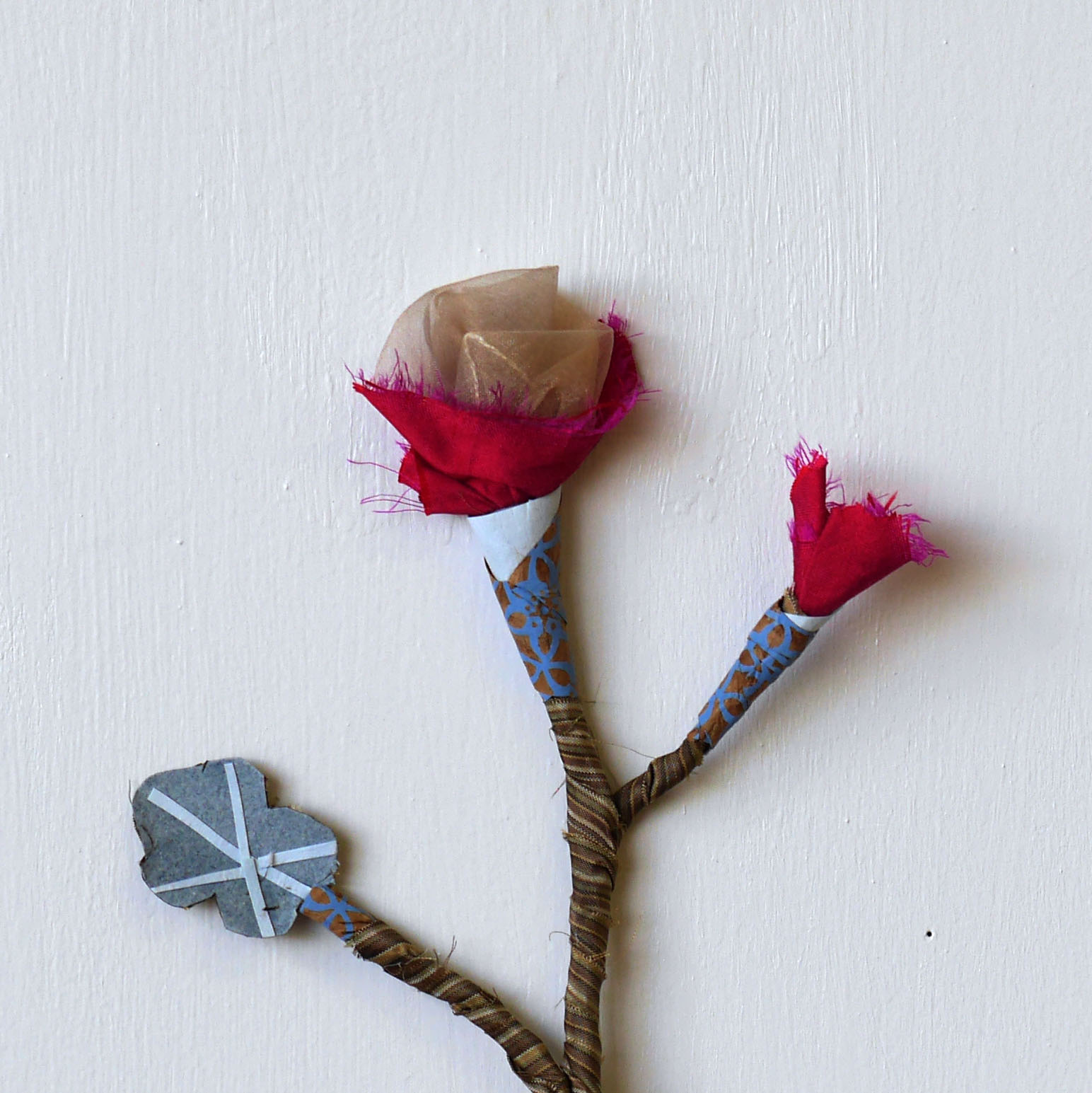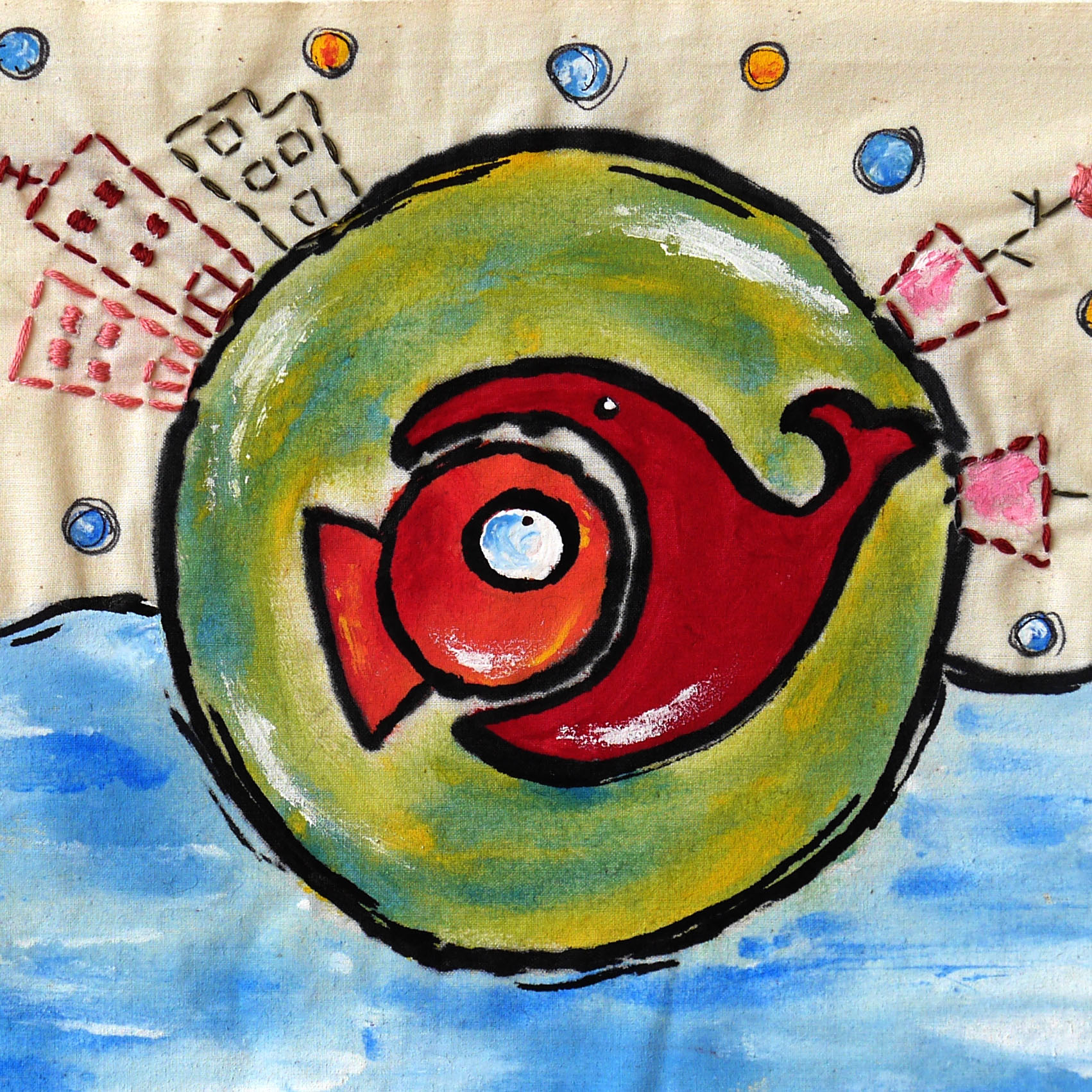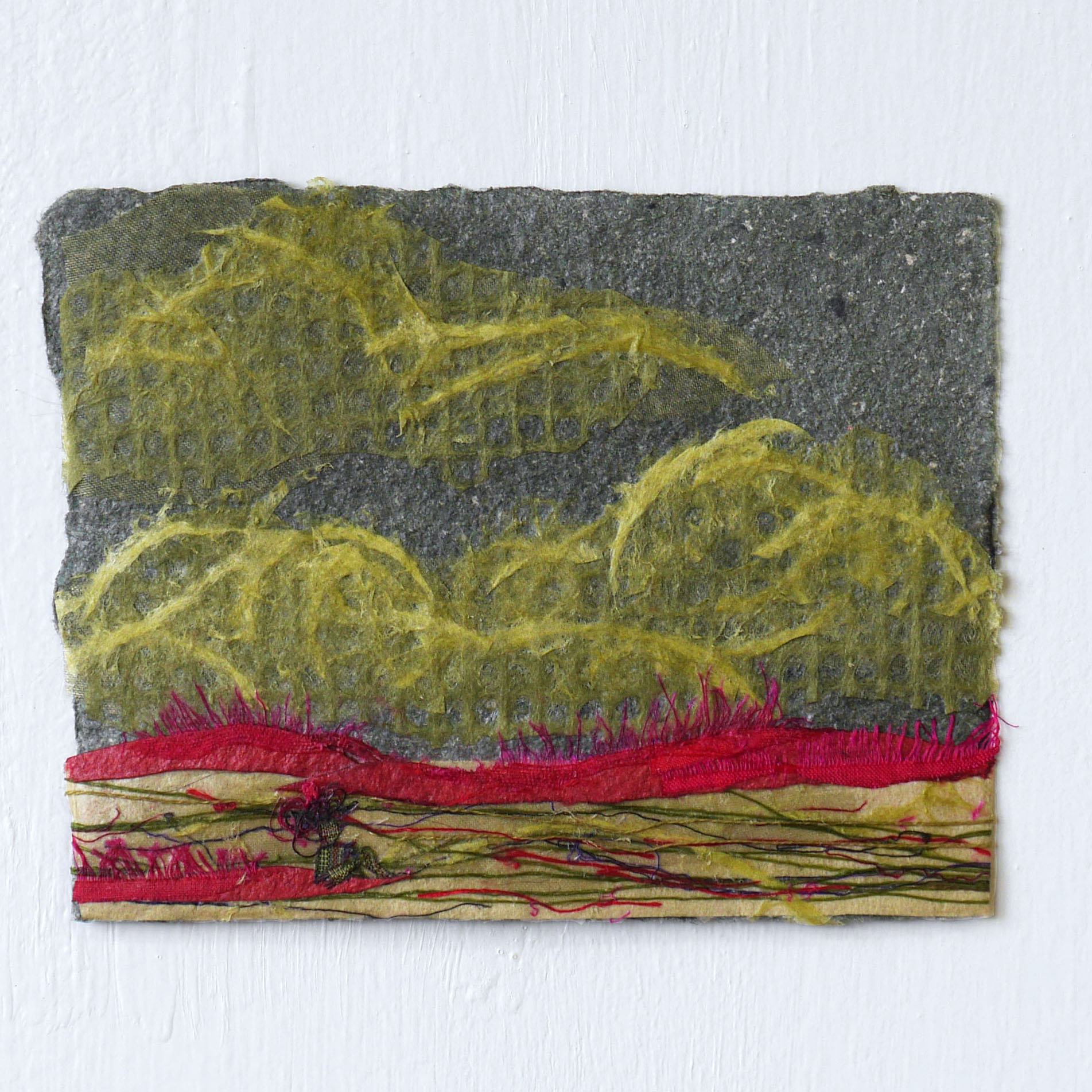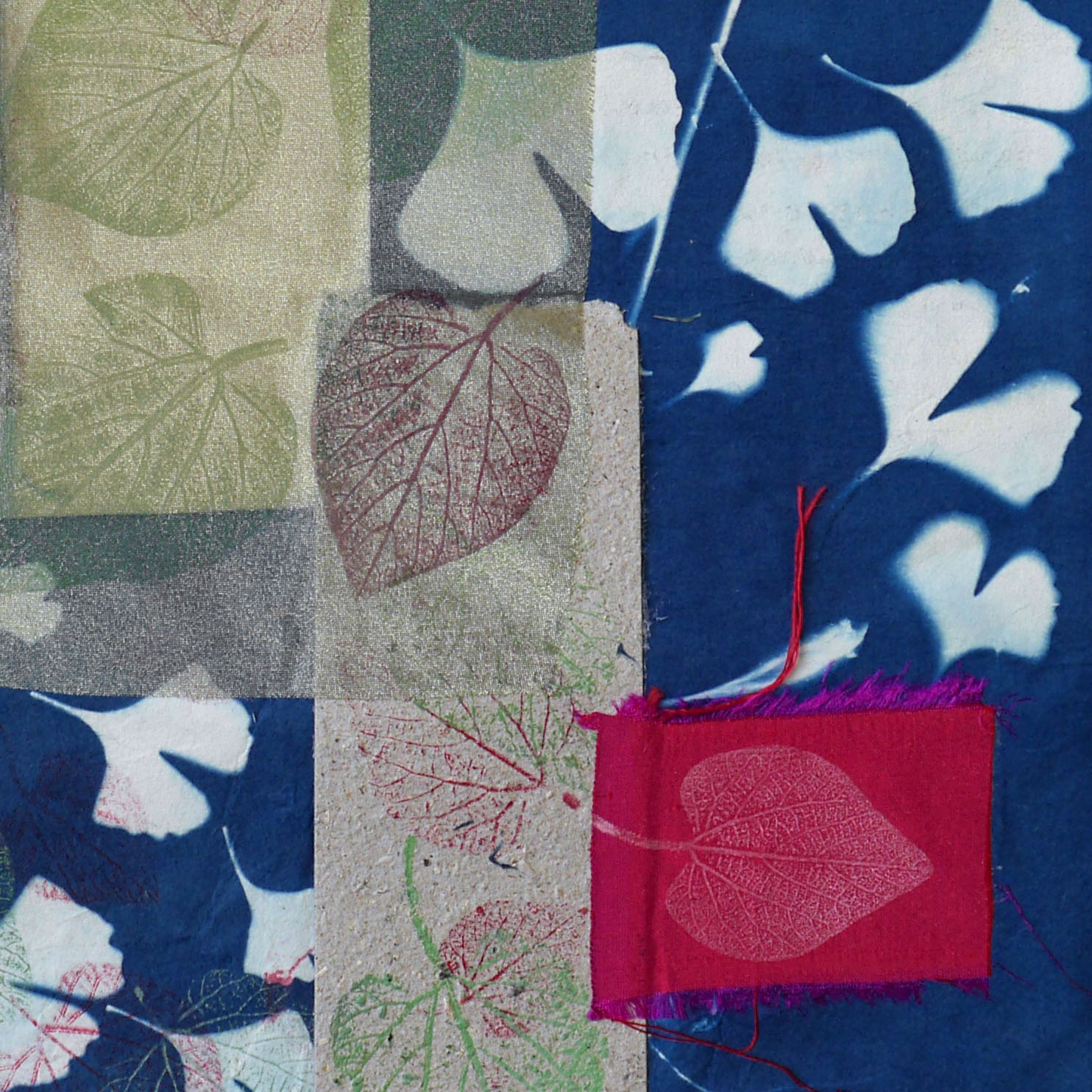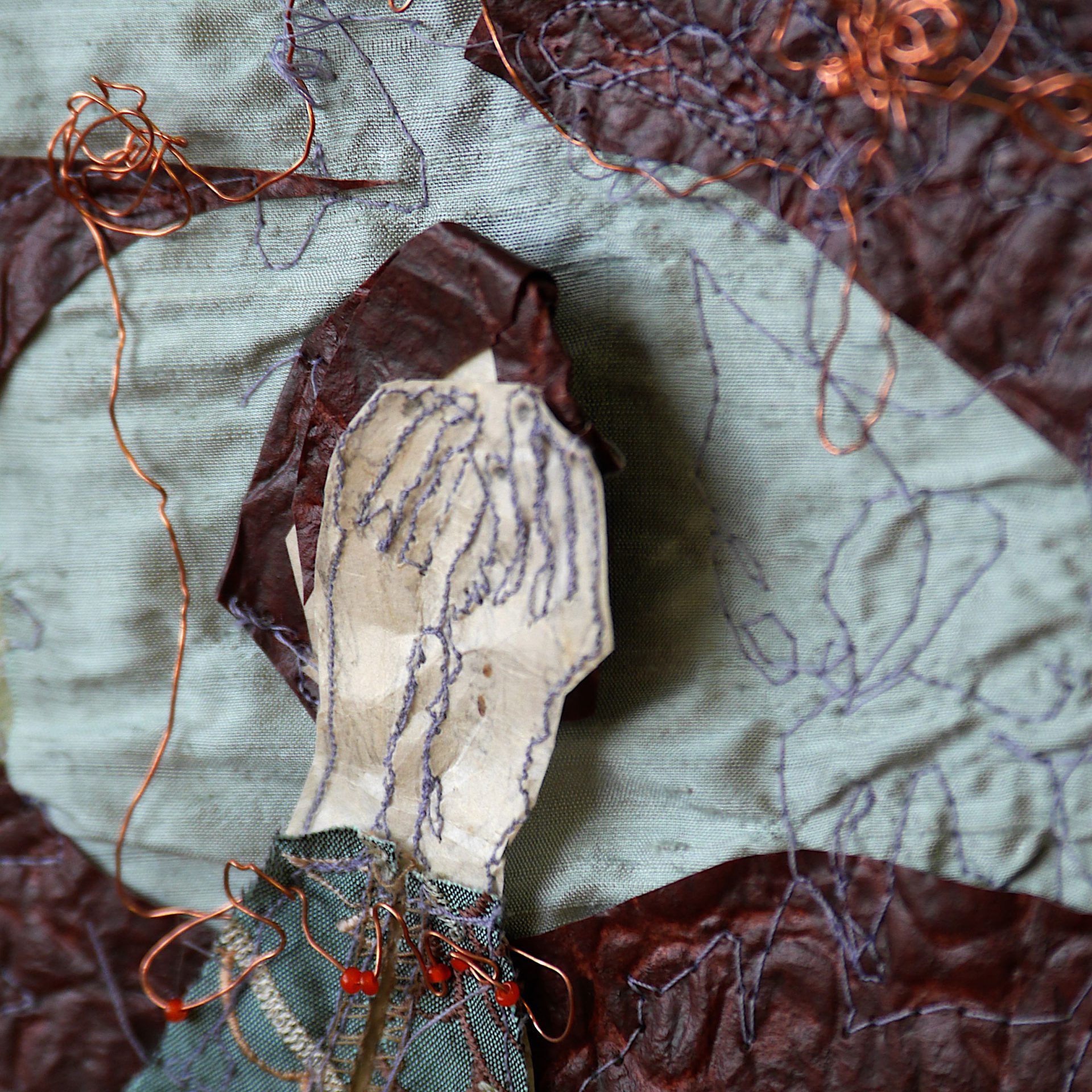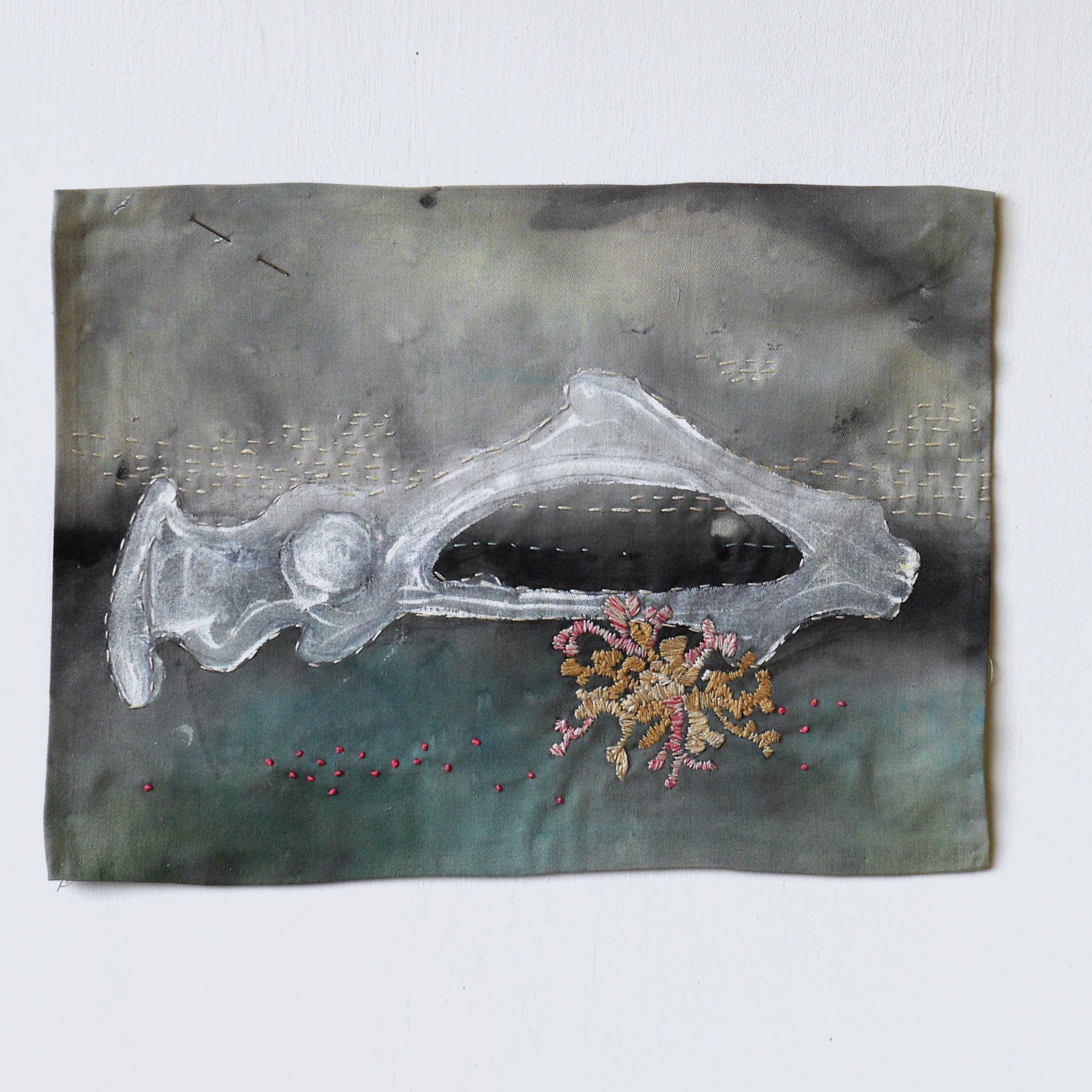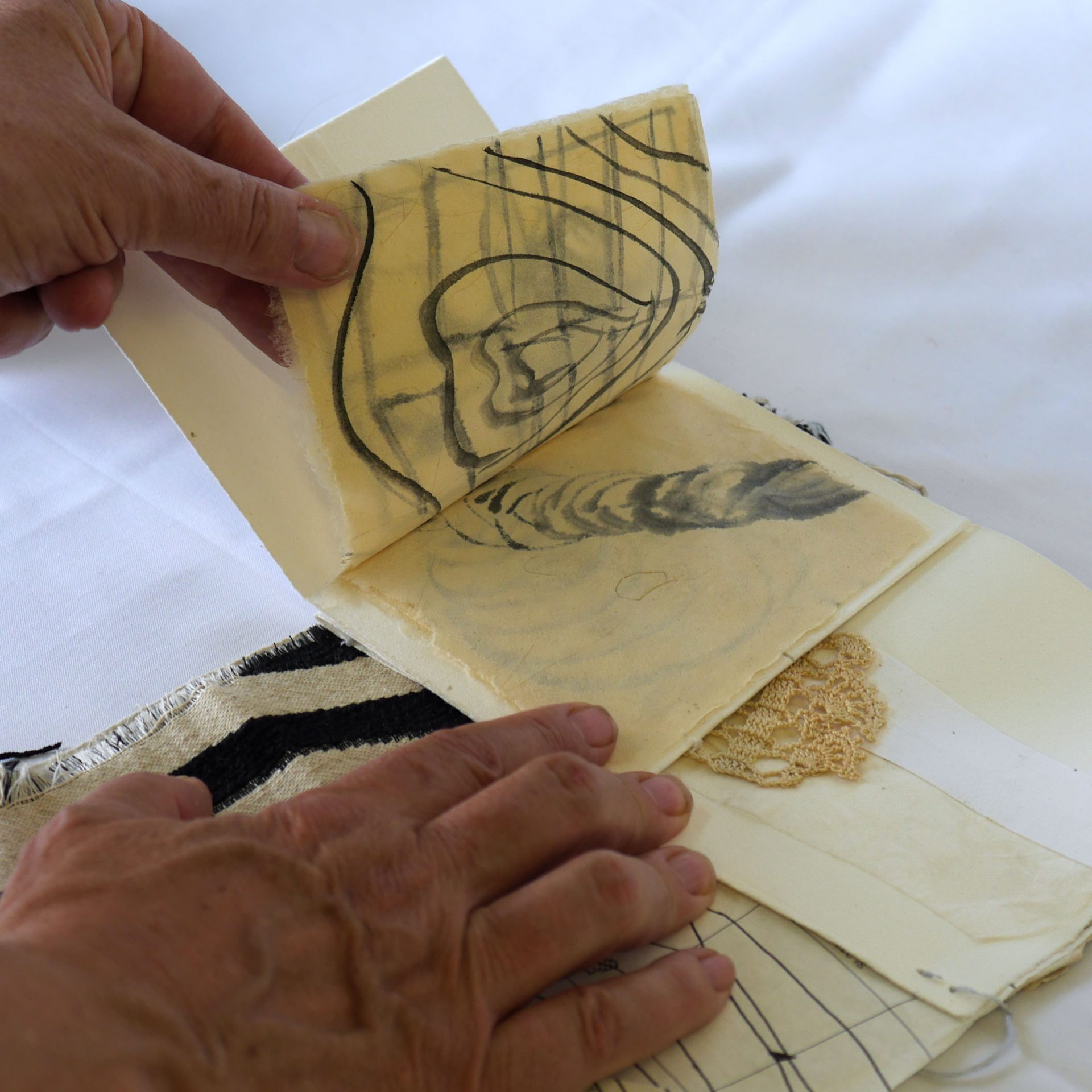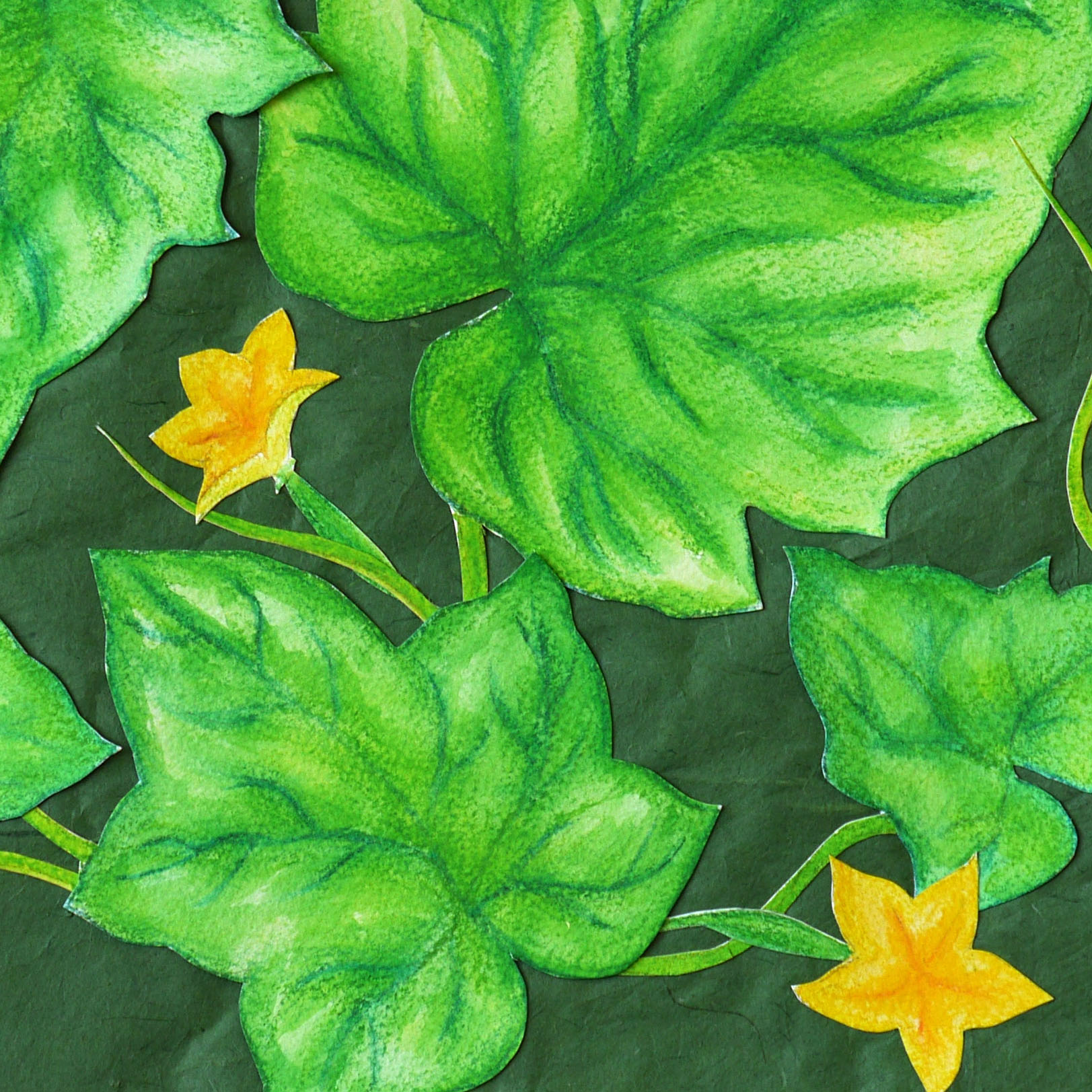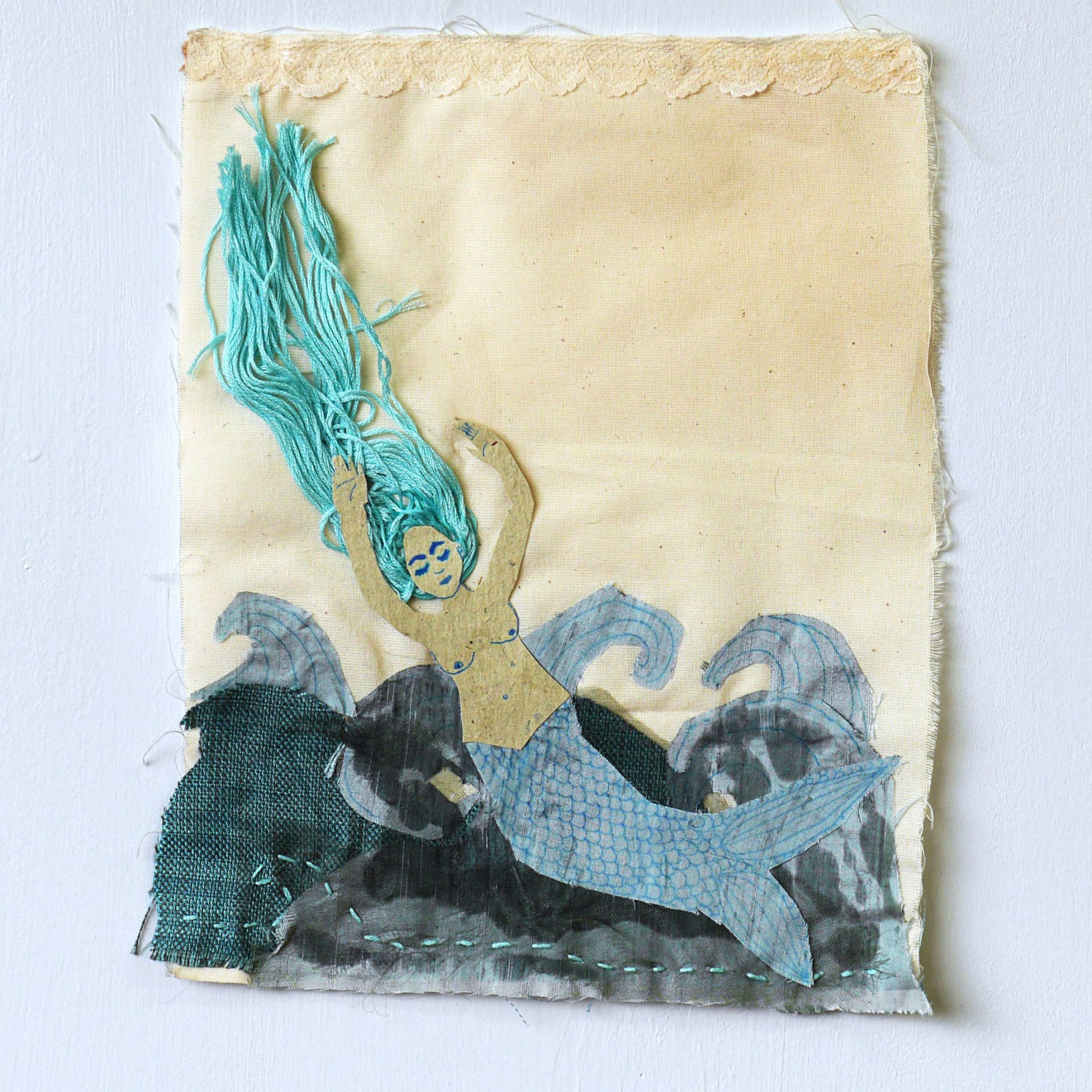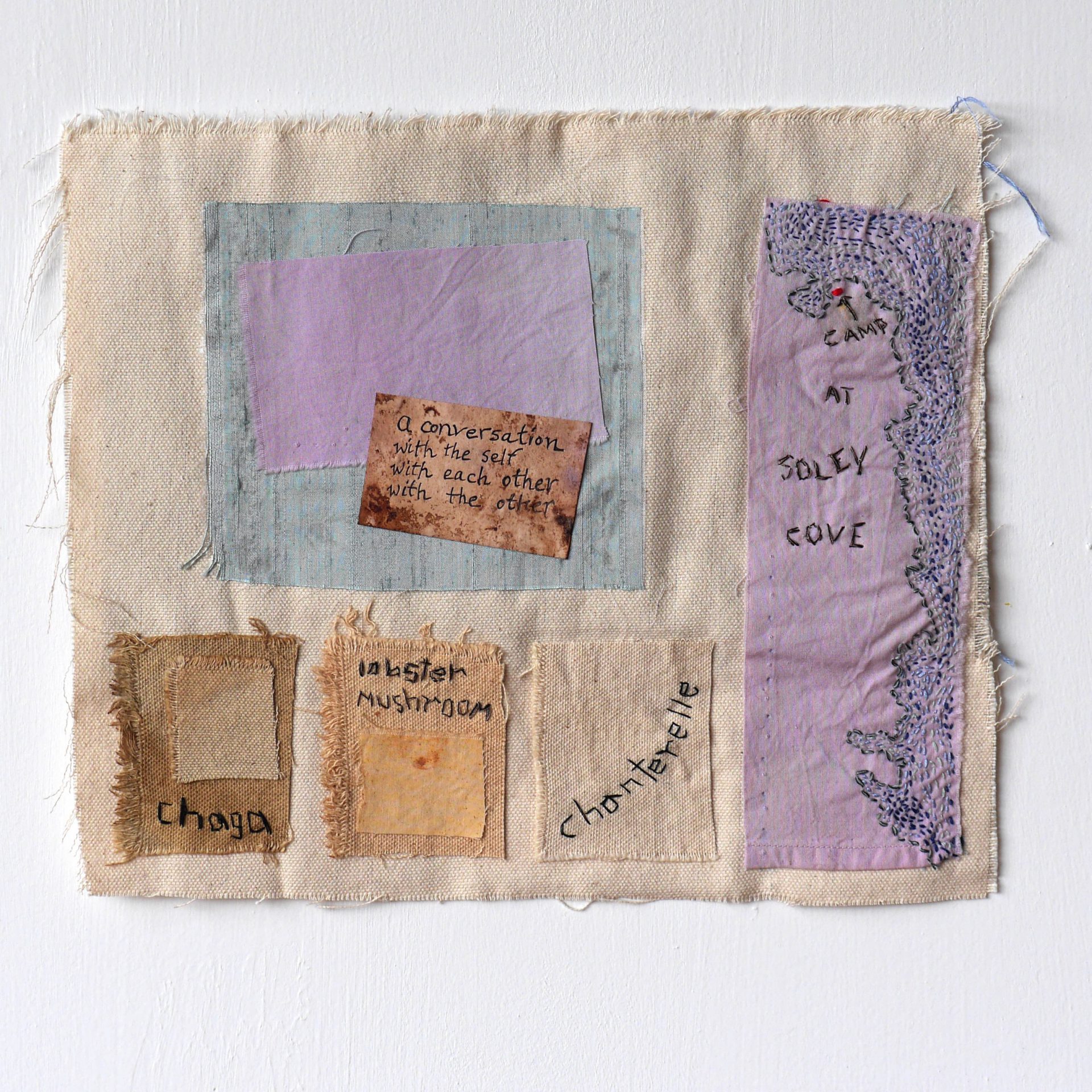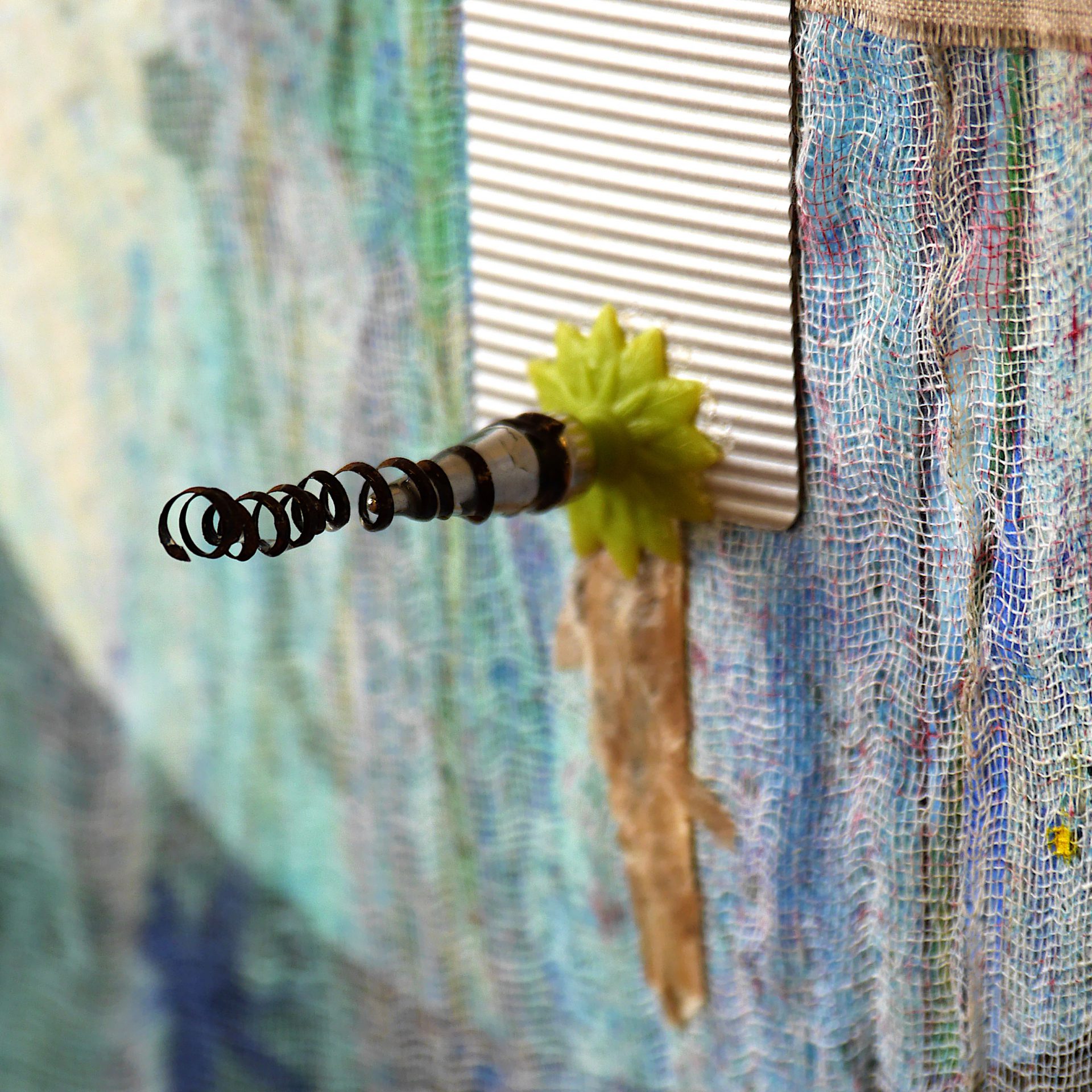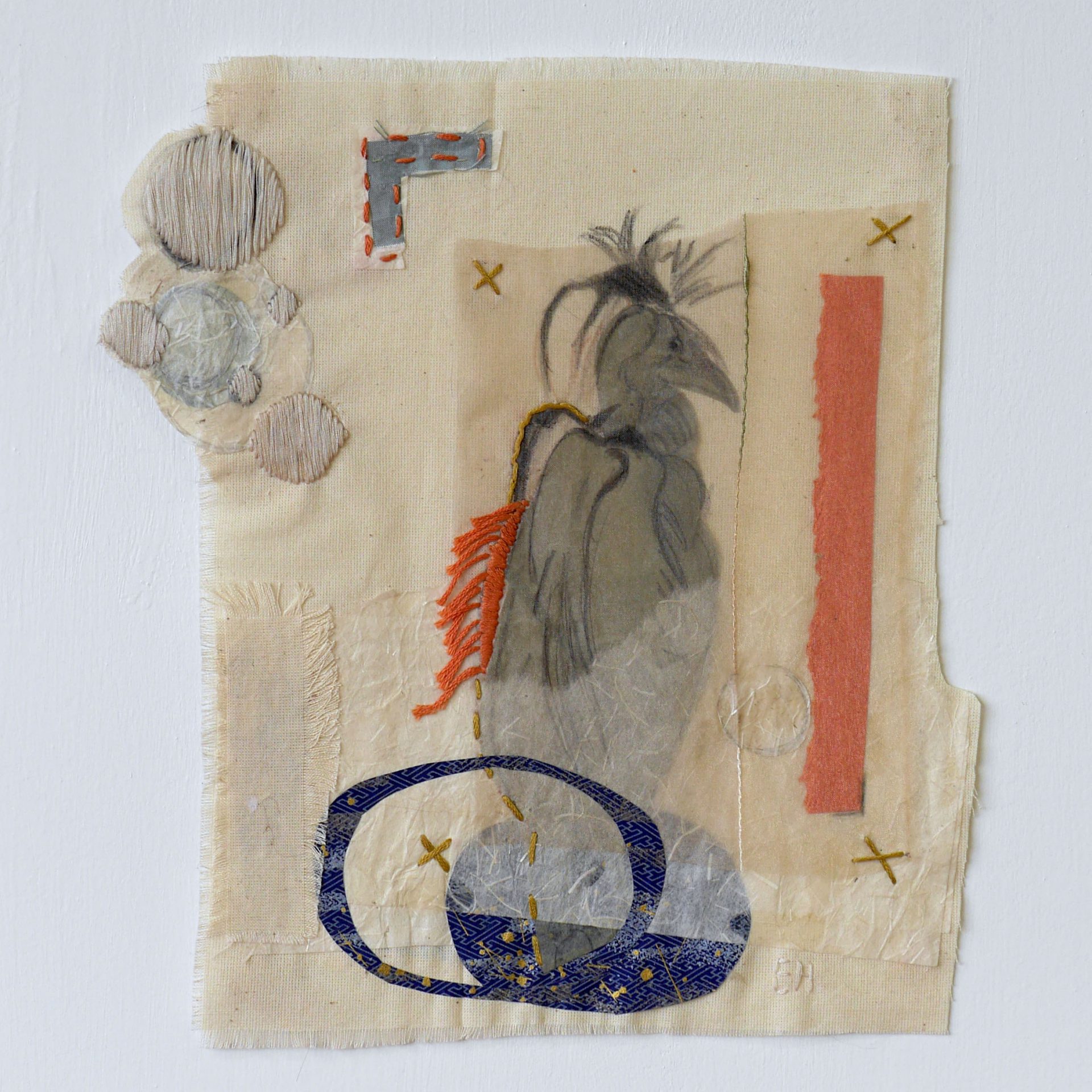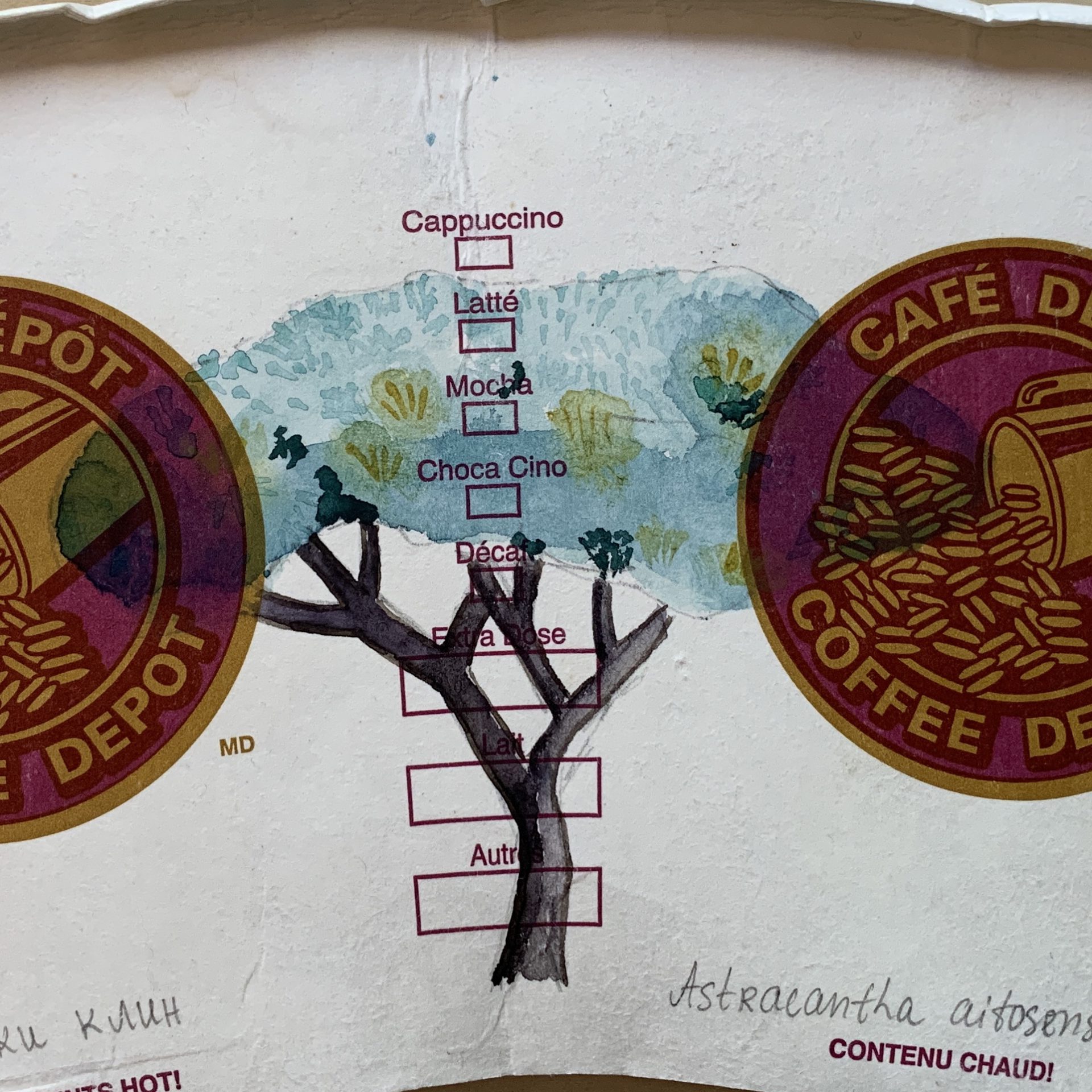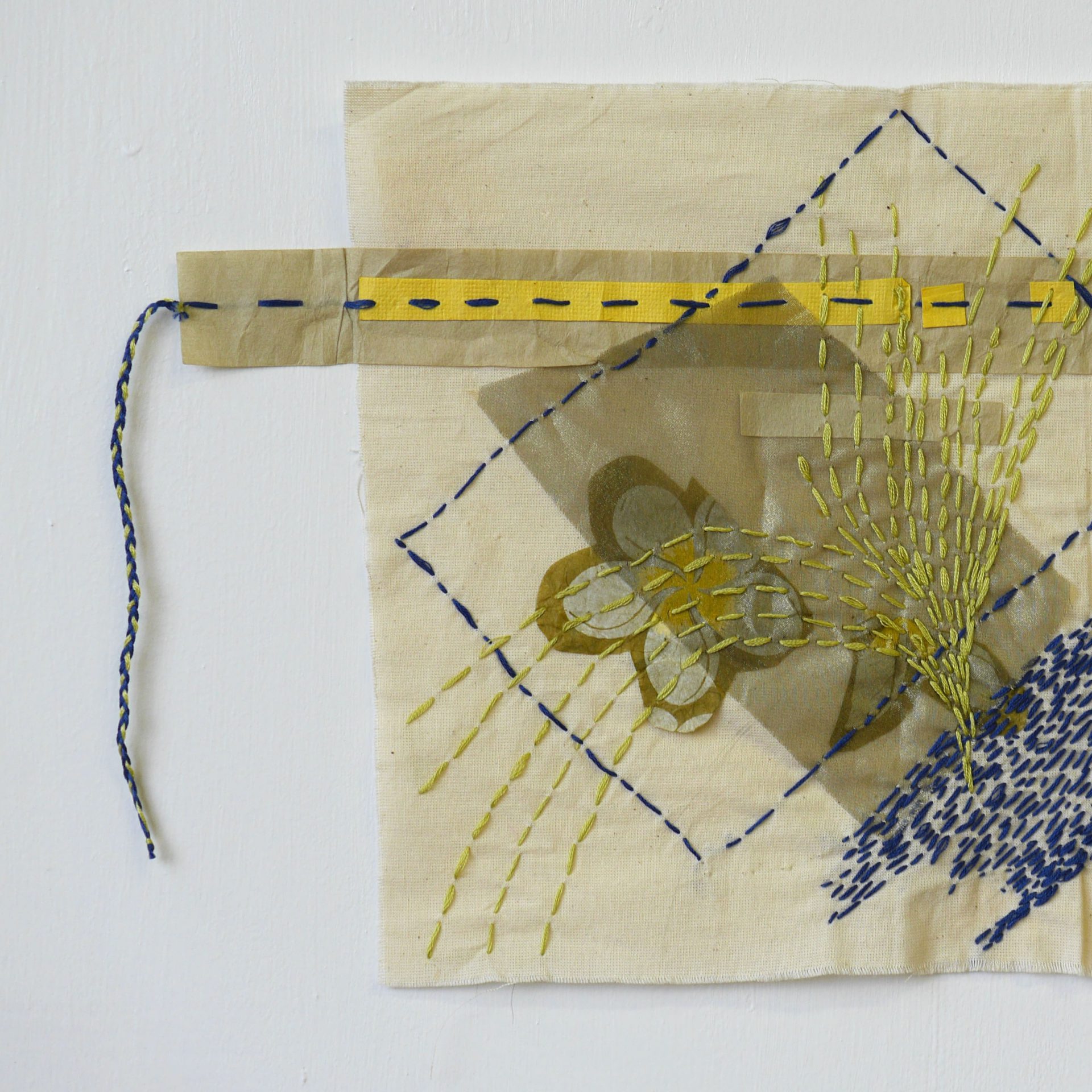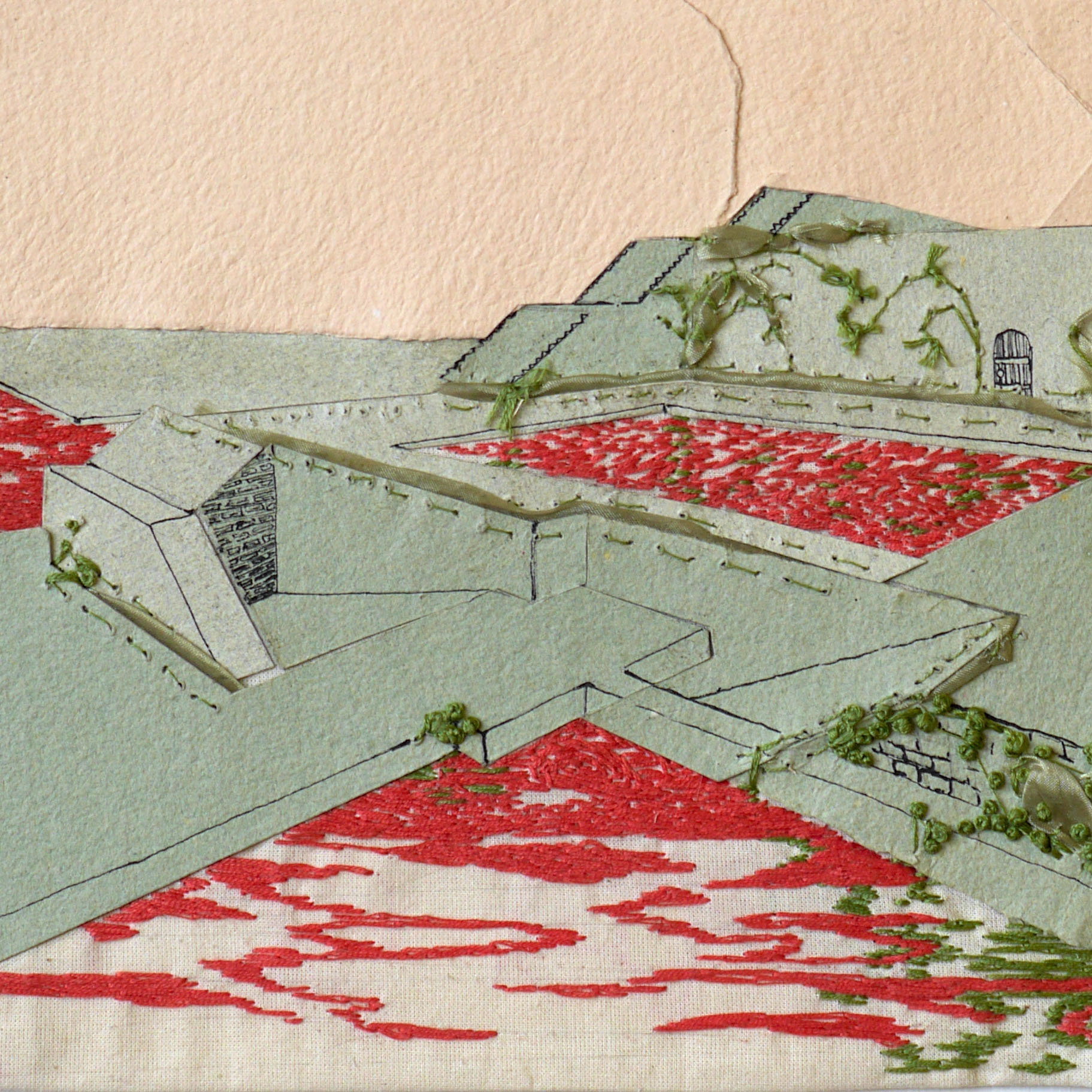My contribution to this research features the leaves from Aristolochia tomentosa, Dutchman’s pipe. They absorb the ink, leaving a perfect ghost print. I made cyanotypes of gingko leaves, which are called living fossils. My art doesn’t address the big issues but it gives me a connection to others and reminds me to appreciate the gifts of nature during a time of isolation.
— Lorrie Blair
In the throes of the pandemic, we turned to nature for solace and respite. Those of us who were locked down at home looked longingly out our windows – and shared images of our views on social media platforms that enabled us to virtually ‘visit’ others in their sites around the world. Those of us with gardens felt doubly blessed: not only could we nourish ourselves by putting our hands in dirt, but we could also attend to our own food security by growing vegetables. When we were able to venture out, we took to parks, bike paths, waterways, and naturalized spaces with zeal: we could feel what researchers have found, that access to nature was vital to support our mental health. Our blue and green spaces directly promote our resilience.*
And so, some collaborating artists responded to the question, What is art for? in this time of pandemic, by honouring nature. Their works integrated organic materials as component part (beans and bark), stencil resist (leaves), and natural dye, drawing on the pigmenting capacities of local mushrooms. Through contributors’ creations we are invited to gaze out to nature’s horizon; walk in the forest; feel the ground beneath our feet; marvel at wildlife, observed within our quieter cities as though for the first time; and consider the strength and beauty of organic connections at microscopic levels.
We are also reminded of species loss, of the actuality of humans’ despoliation of nature and the continuing environmental challenges we must address to sustain life on our beautiful planet. In the early shutdowns of the pandemic, scientists came up with the term, ‘Anthropause’**, to name this time of visible, global resurgence in Other-than-human presence as a consequence of a dramatic, worldwide curtailment of human activity. They urged that we research our impact on wildlife, collect data, and collectively “challenge humanity to reconsider our future on Earth.”*** Some artists participating here are taking up this task as well, their works communicating love and longing for nature, appreciation of its gifts (especially now), and concern for the future of the Other-than-human world. A year after the pandemic started, we now know that 2020 was year of unprecedented climate catastrophes**** that have compounded the human suffering of COVID-19. The devastations, losses, and grief are real and irrevocable; but so, for the moment at least, is the lift to our spirits that comes when we contemplate a single flower.
Collaborators (listed in the order of their images, above, left to right, top to bottom): Annik Arnaud (Montreal, QC); Eric Powell (Warden, QC); Jane Zdansky (Westport, NS); Tommy Toxic (Montreal, QC); Aileen Pugliese Castro (Dorval, QC); Fatima Abbasi (Montreal, QC); Natalie Olanick Verdun, QC); Emma Haraké (Montreal, QC); Diana Brown (Halifax, NS); Nicole Macoretta (Montreal, QC); Nga Nguyen (Montreal, QC); Maia Iatzova (Montreal, QC); Janette Haggar (Senneville, QC); Lorrie Blair (Lachine, QC); Elise Timm-Bottos (Nelson, BC); Leila Refahi (Montreal, QC); Amélie Brindamour (Montreal, QC); Heather Margaret Ward (Montreal, QC); Judith Bauer (Parrsboro, NS); Lucie Lederhendler (Brandon, MB).
* A team of international researchers came to this knowledge through surveys with participants about their mental health. They found that when lockdowns prohibited outdoor activity, a view out the window was crucial to combating depression and promoting resilience. Direct access to the ‘blue and green’ outdoors was crucial once that was permitted. For more, see Pousa, S., Borja, A., Fleming, L.E., Gómez-Baggethun, E., White, M.P., & Uyarra, M.C. (2021). Contact with blue-green spaces during the COVID-19 pandemic lockdown beneficial for mental health. Science of the Total Environment 756, 1-12.
**This term was coined by an international group of scientists who urged that this time be used scientifically and productively to study humans’ impact on wildlife, in a ‘Comment’ piece published in September 2020 in Nature, Ecology and Evolution.
***See the article above, page 1158.
**** For an enumeration of the top 15 catastrophic events linked to climate breakdown, see the December 2020 report, Counting the Cost: A Year of Climate Breakdown, by the UK-based Christian Aid organization.
